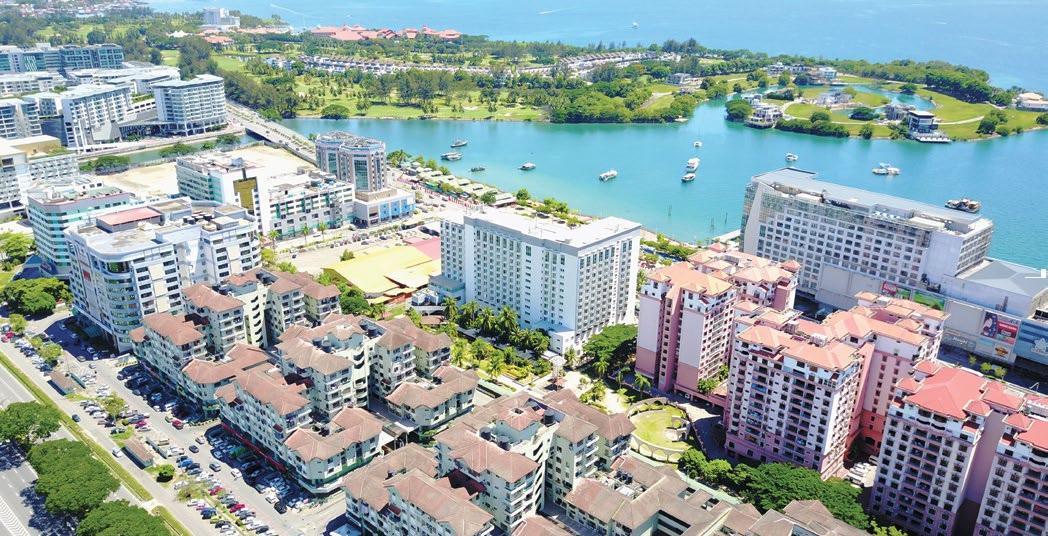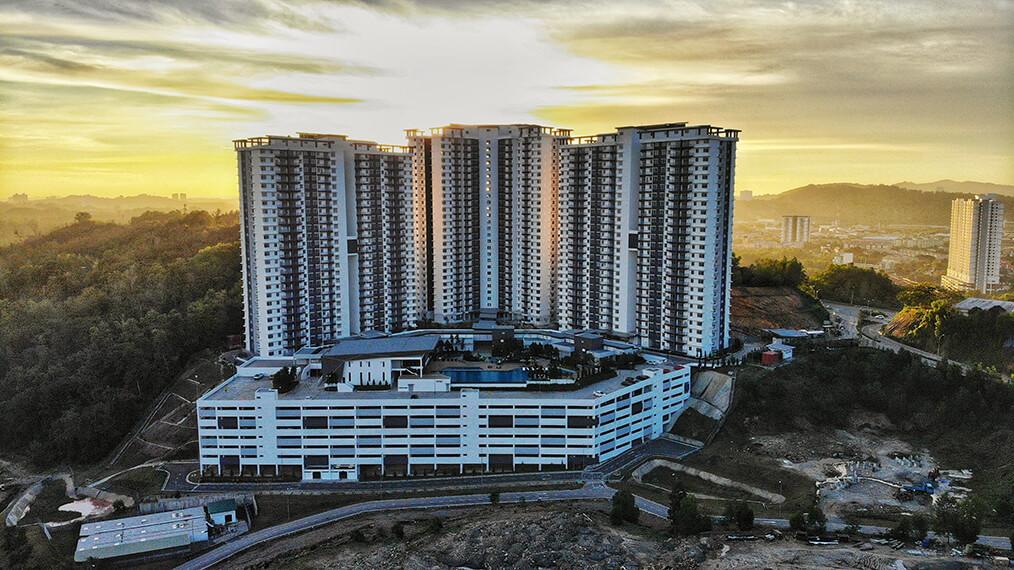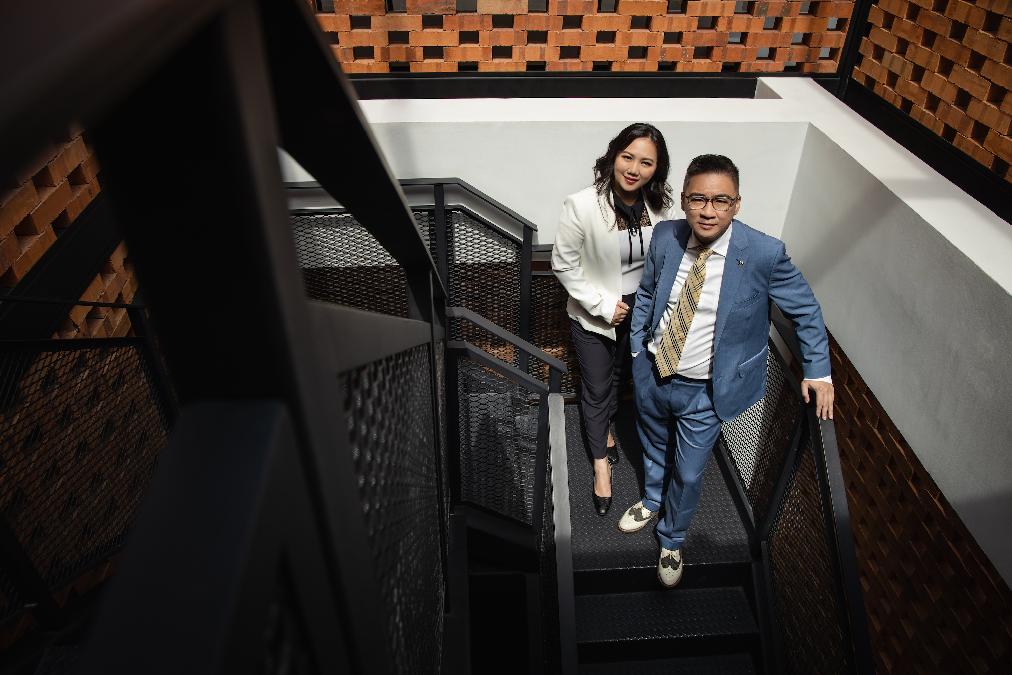Knight Frank Malaysia recently released their Real Estate Highlights for the first half of 2018. In their recent report, the property market is expected to pick up with more enquiries and investment activities moving into 2H2018 / 2019.
The report highlights the property trends and outlook in key markets of Malaysia. The review period saw some notable commercial investment activities, which will continue to strengthen the property market.
According to NAPIC's Property Sales Report 1Q2018, Sabah registered 2,258 property transactions with a corresponding value of RM1.25 billion in the first quarter of 2018. The volume and value of property transactions registered increments of 28.1% and 60.5% respectively when measured against the 1Q2017. The residential segment made up 59.4% share of total transactions and remains the dominant sub-sector in Sabah, followed by the agriculture subsector with 22.6% share. The commercial sub-sector ranked third with 12.0% share while the development land and industrial sub-sectors accounted for the remaining 3.7% and 2.3% share respectively.
2017 was a year of resurgence. The improvements in both the domestic economy and property market exceeded earlier expectations, with growth being broad-based and synchronised. Sabah's gross domestic product (GDP) recorded a steady growth of 24% from RM59.30 billion to RM73.80 billion between 2011 and 2016. The overall property market in Sabah also witnessed improvement in terms of volume and value transactions in 2017 as compared to preceding periods in the years 2016 and 2015.
The overall residential market has experienced improvement as well when compared to the previous years. Focusing on the high-rise residential sector, the sub-sale market was noticeably more active in 2017 and continuing into the first quarter of 2018, particularly products that fall within the mid-range segment and those in sought after locations. Despite the pick-up in momentum, some cooling off period is still needed for overhang units in the market to be slowly absorbed due to the large influx of high-rise units in the past few years. It is observed that the market has been slowly self- correcting towards equilibrium. However, we opined that the prices of residential properties that are well-located and well-managed are expected to hold and there is still increasing demand for affordable yet high-quality products from genuine homebuyers.
As of 1Q2018, the cumulative supply of purpose-built (privately-owned) office space in Kota Kinabalu stood at 5.08 million sq ft with no additional stock added to the supply since the end of 2017. The overall occupancy rate for 1Q2018, recorded at 89%, was 2% higher when compared to 1Q2017.
The cumulative supply of retail space in shopping complexes in the district of Kota Kinabalu stood at 5.84 million sqft in 1Q2018. The average occupancy rate in 1Q2018 was recorded at 88% showcasing the resilience in Kota Kinabalu's retail sector, improving from its low of 78% in 1Q2016 following the surge in retail space from 4.59 million sqft in 2015 to 5.66 million sq ft in 2016.
Since the implementation of tourism tax (TTX), Sabah has collected RM4.53 million for the period beginning 1st September 2017 up until the end of December 2017. For each RM10 in tourism tax collected, the respective states will receive RM5 which can be used to develop the state's tourism sector.
Tourism receipts for Sabah increased from RM7.25 billion in 2016 to RM7.82 billion in 2017, showcasing Sabah's ability to achieve outstanding performance despite many challenges in the tourism industry. In the first quarter of 2018, Sabah welcomed 1,256,478 tourist arrivals, circa 5.0% higher when compared to the corresponding period in 2017 with 1,196,938 tourist arrivals.
It is observed that with the zero-rated Goods and Service Tax (GST), price reductions have contributed to a measurable increase in sales for the automotive industry. However, due to the illiquid nature of the property market, the effects of the GST is not yet as pronounced compared to the automotive industry and other consumer goods. The return of the Sales and Services Tax (SST), slated to be reintroduced in the third quarter of 2018, may further impact the trajectory of the current market.
To read the full report, click here.
.jpeg)







.jpeg)

